A few months ago, I published a Marketing 101 Guide, explaining why I believe EA organizations should take marketing more seriously, and offering advice on how to explore marketing efficiently and how to choose what to focus on.
In this article, I want to dig a little bit deeper and lay out an action-oriented 8-week marketing plan to help organizations implement the suggestions in my guide. The goal is to provide a clear path to move your organization from "we never did anything regarding marketing" to "now we have a marketing strategy running, and we just have to keep optimizing it."
It's important to note that the most classical concept of marketing strategy includes four key factors: product, price, place, and promotion. It's quite impossible to have a marketing plan for product and price without going deep into the intrinsic characteristics and goals of each organization, so I chose not to include them in this guide for simplicity's sake.
Also, you'll note that most of the examples and references in this plan assume most of your user's journey will be online, but keep in mind these can also be translated to an offline strategy.
Since this marketing plan was designed to help the broadest range possible of EA organizations, you probably won't find anything very specific for your organization's context. However, I hope that the information and resources will be enough not only to help you put your marketing efforts on the right track but also achieve better results - whatever that means for your organization.
You might want to increase your reach to have a bigger impact, or maybe you're looking for new donors or seeking new talent. Regardless of what you want to use marketing for, this roadmap provides a comprehensive checklist to make it work within the first two months of consistent effort.
How to use this checklist
This post is over 4,500 words, but don't worry about going through everything at once. The plan was specifically designed so that you can tackle each week individually.
Try to focus on completing the tasks each week. Although the time you spend on each task will depend on your expertise and the time available, I recommend dedicating at least four hours per week to the plan.
Book a weekly time on your calendar to work through the tasks, and be consistent with it. If you have a team, invite them to go through everything together, or at least book a weekly meeting to discuss the updates with them - the better your team understands the value of marketing, the higher the chances of it working in the long run.
There will be a lot of things to manage, so I created a project template on Google Sheets: you can access it by clicking here (please note that it's a complement to this article, not a replacement).
You will also notice that I won't go into too much detail about how to do a few of the tasks. This is because there are a lot of good tutorials for some of the things you'll have to do, and I find it more productive to link to them instead of producing something from scratch.
Also, the reality is that platforms change all the time, and it wouldn't make sense to throw you a detailed checklist for something that will probably look different next month.
However, if you're not able to execute something listed here, let me know on Linkedin, and I'll explain it to you (and update this post).
Week 1 - Building your marketing plan
There are hundreds of frameworks out there designed to facilitate the process of creating a marketing plan, but in my experience most of them overcomplicate things and introduce unnecessary theory right at the start line, making it harder for non-marketers to come up with something practical and straightforward.
So, in a nutshell, below are the questions your marketing plan should answer. Note that I'm using the term "customer" for lack of a better term. A “customer” in the context of an EA organization may not be someone who is paying for anything, but the person that the organization is actually seeking to benefit (e.g. an undergraduate student studying machine learning).
- Who do you want to reach?
- What's your message to this audience?
- How are you going to reach those people?
- How are you going to convert website visitors into potential customers?
- How are you going to engage with those potential customers?
- How are you going to convert these potential customers into real customers?
- How are you going to deliver a great onboarding experience?
- How are you going to retain your customers?
- How are you going to encourage those customers to refer your organization to other people?
Here is what it should look like:
Click here to open this template on Google Spreadsheet.
Your goal in the first week should be to have those things figured out. If you have a team or a business partner, make sure to schedule time to answer these questions with them for two reasons:
- Marketing is a process, not a project, and it takes consistency to see results. The more the people on your team feel empowered to take care of your marketing strategy, the higher the chances of success.
- Every time I do this exercise with a client, I'm surprised by the valuable insights that come from people who are not necessarily involved in the leadership.
Don't worry about coming up with the perfect plan. There is no need to stress about finding the perfect message or choosing the perfect target audience right at the start.
Your marketing plan will probably change when you start executing it and analyzing the data; this is actually a good thing because it means you're correcting your trajectory.
The point here is to get an overview of your marketing strategy so you have a starting point, but know that it's a live document that can be changed throughout the execution.
If, during the brainstorm, you feel you actually don't really know your audience, you can use another great framework called StoryBrand. It's free and very fun to go through, and will help you to understand your audience on a deeper level.
Week 2 - Creating your website
Although nowadays much of what happens on the internet takes place on social media, apps, forums, games and marketplaces, having a website for your organization is still very important for a few reasons:
- The internet is vast, and you want to make sure your audience has a place where they can trust the information regarding your organization, especially when they search for its name on search engines.
- Having a website opens up a new world of opportunities in terms of audience acquisition through SEO (Search Engine Optimization) and Content Marketing - we'll get back to them later.
- Through a website, you can process payments, display information and updates, and a bunch of other useful things that you can't (or shouldn’t) do through third-party platforms.
I'm not saying that posting on social media and other platforms besides your website is not a good idea - it is. I'm saying that it shouldn't be your plan A, especially at the beginning of your marketing strategy.
How do you build a website?
There are three alternatives you can consider when building your first website. I’ll briefly talk about them below, but keep in mind that If you don't have experience building websites, hiring someone to do this for you can be a fast and cheap alternative.
1. Use a popular and user-friendly CMS (Content Management System), such as Wix, Squarespace, or Shopify (for e-commerce). The process here is pretty straightforward: you choose a platform, pick a template, and customize it to your needs.
2. Use WordPress or Webflow. These are probably the two most flexible website builder platforms you will find, and they have the advantage of being scalable and full of pre-built widgets (plugins) for pretty much all the features you can imagine. Although you don't need coding experience to build websites with these, it's a little bit technical. Here is a good tutorial on how to build your website using WordPress.
3. Build it from scratch by coding. Just don't do this. Some people might say it's the best way because you can do whatever you want without depending on third-party platforms. However, building a website from scratch takes a lot of time and requires a never-ending effort to maintain, and if you're not the programmer who built it, you will rely on a programmer's goodwill for the rest of your life.
Not sure which one to pick? Go for Wix, or Shopify if you need e-commerce. These are cheap, SEO-friendly, and you can easily switch to other platforms in the future if needed.
What should your website look like?
A website should be a place where people considering donating, hiring, or otherwise engaging will find the information they need to make their next move. Contrary to what most inexperienced people think, a website shouldn't talk about your organization. Instead, it should talk about the problems your organization seeks to solve, and how the organization can contribute to this purpose. To be effective as a marketing asset, anything beyond that should be considered a detail on your website, not the core message.
Your website could have multiple pages or one page. I personally like the one-page option because, in my experience, it's easier to build, it provides a better experience for the user (who won't need to switch pages all the time), and it forces the company to be concise and straightforward in its messaging.
It's hard to suggest what kind of information a website should have because this is highly specific to each organization's model, audience, and sometimes even legal requirements.
However, here's the minimum structure an effective and compelling website should have:
- Unique Value Proposal: What your organization does and how it's different from everyone else. "We help you choose an impactful career in AI."
- What it is: Explain in more detail what your organization does. "Every year, we organize an in-person boot camp in which you will learn about the most pressing problems in AI, and the best opportunities based on your context."
- Next steps: Explain in a concise way (icons are great in this case) what are the next steps for people who are interested in what you do. 1) Apply by filling out the form at the end of this page, 2) Read the materials we send you by email, 3) Wait for a response within 2 - 3 days.
- Benefits: What are the benefits you're offering? By joining our program, you'll get to know people who are also interested in working in AI, plus receive mentorship from some of the greatest thought-leaders on career, technology, and AI.
- Social proof: What have people and media outlets said about your organization? Testimonial from a former student: “I joined the 2022 boot camp and it completely transformed the way I think about my career. It also provided me with the information, resources, and connections I needed to land my first job in AI.”
- Call-to-action: Invite the reader to take the next step, whatever you think it should be (contact your organization, support by donation, read specific material, etc.). Fill out the form below to apply now.
For inspiration, I recommend checking out the websites below. They do not necessarily follow the script above, but they do a great job of being compelling and concise.
Here is a great video by YCombinator on how to make your website more conversion-oriented.
In this second week, you should focus your effort on building your website. It sounds like an impossible task if you're worrying about building the perfect website, but keep in mind that in the beginning it won’t receive enough visitors to justify spending too much energy on it.
Week 3 - Setting up your presence on the Internet
You may have the best productand website out there, but the Internet is a vast place, and the odds of someone stumbling on your website by chance are extremely low.
In order to be found, you must be where most of the people using the internet are: search engines and social media.
When we talk about search engines, we're basically talking about Google, since it owns over 90% of the global searches, but the tips below pretty much apply to every other search engine out there.
To appear on Google search results, you have three alternatives:
- Google Paid Results (Ads)
- Google Organic Results
- Google My Business
Google ads and organic results will have their own dedicated weeks, so let's skip them for now. Google My Business is extremely important, but I'm frequently surprised to find businesses that don’t have a My Business account.
What is Google My Business? It's the box about your business that appears on the search page, containing details about it, reviews, location and more. It basically tells Google your business exists.
After creating your profile, make sure to add as much information and images as you can, and ask supporters for reviews. The more reviews you have, the greater your chance of ranking in first place when someone searches for your organization's name or services.
Besides search engines, it's also wise to have a profile on the main social media sites: Facebook, Instagram, LinkedIn, TikTok and Twitter.
You don't need to post on these social media platforms for now, but having your profile there, with all the information about your business and your logo, will guarantee that people will find your company when they search for it in these specific channels. This transmits credibility and prevents malicious individuals from creating fake pages in the future.
Week 4 - The technical setup for tracking
This is a boring but necessary week.
In order to analyze what's working and what's not working (and why it's not working) in your marketing efforts, it's important to set up the tracking mechanisms and tools on your website. These tools will allow you to analyze who is visiting your website, where they are coming from and what they're doing, therefore allowing you to make data-driven decisions.
This setup is fairly easy, even for non-coders, but if you're totally averse to code, you may want to outsource the implementation. I'll list the steps below, but as I mentioned at the beginning of this article, I'll link to official tutorials so I can be sure that they'll be up to date at the time you're reading this.
Note: If any of the tutorials below sounds confusing, you may find it useful to search for a specific tutorial for the platform you're using to build your website. For instance, "how to set up Google Tag Manager on Wix".
- Create a Google Tag Manager Account
- Add the Google Tag Manager implementation code on your website
- Create a Google Analytics 4 (GA4) account
- Install GA4 account on your website through Google Tag Manager
- Create your Meta Business account
- Create a Meta Pixel and install it on your website through Google Tag Manager
- Create a Linkedin Ads account
- Create a Linkedin Insight Tag and install it on your website through Google Tag Manager
You'll want to have set these up before driving people to your website.
Week 5 - Running your first Google Search campaign.
Congratulations! You've made it to the fifth week, which means you have a preliminary understanding of your audience, a presence on the internet, and the setup you need to make well-informed decisions in the short-term future.
Now it's time to generate website visitors, contacts (leads), and potential customers by running your first ad on a Google search campaign.
But why ads, and why Google Search ads?
Although there are many channels and strategies to generate contacts and customers, very few will give you the control and the leverage to put your organization in front of thousands of people in the short term.
Take for instance SEO (Search Engine Optimization), which consists basically of creating relevant content for what people search and hoping that Google ranks your website among the first results, so you get the clicks.
Assuming you find a good opportunity for a keyword (high volume and low competition), it will take you months or years to get a significant amount of clicks to figure out if this keyword has the potential to generate results in your organization.
And even if you get there, it will be very difficult to scale (since you depend on people searching for this keyword), and you'll still deal with the risks of Google changing your position on the search page due to an algorithm update or a competitor doing a better job.
A similar logic applies to referrals, influencer marketing, PR, organic social media and many other channels. They are worth considering, but in the beginning, they're not moving the needle for you.
That being said, let's start your Google Search campaign. The steps are pretty straightforward, and there are thousands of really good tutorials out there, but here is a quick guide (I'm linking tutorials to each step).
- Create your account on Google Ads
- Set up your conversions on GA4
- Import your conversions from GA4 to Google Ads
- Create your Performance Max campaign
- Create your Search campaign.
Johnstuart Winchell, founder of Good Impressions, also put together a comprehensive guide on how to use your Google Ads grants in four simple steps. This might be useful even if you don't have access to these Google Ads Grants.
Once your campaign is set up, it will take a few hours to be approved and start running. Don't worry about optimizing it for now, even if it's not generating the results you expect — we'll come to that next week.
Regarding budget, I recommend starting with US$20/day for each campaign. Less than that can slow down your learning curve, or prevent your ads from running depending on the competitiveness of your niche, and more than that is simply unnecessary spend at this point.
(Optional) Running your first Meta and LinkedIn ad
If you're selling something that people might be tempted to buy, but they're not proactively searching for it on Google, running ads on Meta (including Instagram) and LinkedIn may be a good fit for your marketing strategy.
Products linked to aesthetics and social status tend to do better in this case (e.g. clothes, beauty products, electronics, toys, food), but I've seen all kinds of products and services doing well, especially on Meta Ads. So, even if your product is totally different from these examples, I would give it a try.
The process of creating your ads on Meta or LinkedIn is very similar to Google's process. The main difference relies on the need for images and/or videos. Hootsuite has good beginner's guides for both:
If it's the first time you're running a Meta or Linkedin Ad, I recommend investing US$ 10/day.
Week 6 - Building an optimization routine
Optimization is the process of planning, implementing, analyzing, and repeating the cycle continuously so your campaigns are always well-tuned to what works for your business.
Although you don't see many tutorials about optimization (because tutorials about creating the campaign are more compelling), I would say it accounts for 90% of the results you're going to get through ads.
Each ad platform will have its own terminology and technical differences. Things can get more or less complex depending on your product and tracking setup, but roughly, an optimization routine consists of:
- Deactivating your ads with lower performance and allocating the budget to ads with higher performance.
- Experimenting with new ad types (conversion, audience, video views, etc).
- Experimenting with new audiences, such as young adults interested in AI, custom audiences based on your website visitors (known as "lookalikes"), women in their 50s interested in technology, etc.
- At a more advanced level, optimization strategies (max. conversions, target cost-per-action, etc).
The frequency of this cycle should be at least weekly, but if you're investing more than US$ 2000 monthly, I recommend doing it twice a week. Doing it daily is rarely beneficial, since most changes will take a few hours to start running and probably a few days to get a sample significant enough to draw any conclusions.
Week 7 - Content marketing and SEO
If you’ve done everything I’ve suggested so far, you may be already seeing an increase in website traffic — maybe even getting a few contacts. Keep optimizing your process, and your odds of success will increase over time.
Now it's time to think a little bit longer term by focusing on audiences you want to reach, but that are not necessarily searching or even interested (yet) in what you're offering.
This pyramid represents how marketers sort their audience into “consciousness levels”, representing how aware they are of your product and the problem it solves.
Everything we've done so far has been focused on the top layer — people who are not actively searching but would be interested in your solution.
A lot of organizations are able to thrive by focusing their marketing efforts only on this top consciousness level. However, this becomes a problem when:
a. What you offer is not known: people can't search for or desire something they don't even know exists.
b. You've reached everyone you could in this first layer; to keep growing your impact, you need to reach people in other layers.
To deal with these scenarios or prevent them from happening at all, the best approach is to develop a broad content marketing strategy.
Simply put, content marketing is a strategic marketing approach that involves creating and distributing valuable, relevant, and consistent content to attract and engage a target audience.
The primary goal of content marketing is to build trust, establish authority, and ultimately drive profitable customer or supporter actions, such as donations or participation in a cause. But it's also the "raw material" to effectively build a presence on search engines and drive people interested in the relevant topics to your organization.
Of course, Content Marketing is a huge topic, and it would be naive for me to even try to talk about everything involved in this type of strategy. However, here is a practical checklist to help you implement Content Marketing in your wider marketing strategy:
1. First, use Ahrefs, SEMRush, or Moz to research at least 4 keywords that your target audience may be searching for. These should have a global search volume of over 1,000 searches per month, and preferably an SEO difficulty up to 50.
2. Then, create a high-quality blog post related to each one of these keywords - make sure to follow these SEO good practices for blog posts. There is no consensus about how much content you need, but I recommend aiming for at least one post a week for the first year.
Repeat the process of researching keywords and creating high-quality, SEO-friendly content at least on a quarterly basis. The more high-quality content you publish, the higher your chances of getting a significant amount of organic traffic to your website and the more authority you build for your organization.
Here is what an SEO-focused content plan to tank for "artificial intelligence", for instance, should look like:
Click here to open it in Google Sheets
As I said, Content Marketing is a complex topic. Social media, influencer marketing, referrals, and dozens of other strategies are included under its umbrella. Since we're focusing only on the first 8 weeks, having content marketing for your blog in place is a good start.
If you have gone through the basics of Content Marketing and want guidance on the next steps, please don't hesitate to reach out.
Week 8 - Building your funnel report
So far, we've talked about how to implement powerful marketing tactics in your organization.But how do you know all this effort is paying off, or at least moving to a place in which it will pay off?
There are a lot of ways to measure your marketing efforts, and if you're a data analytics enthusiast interested in digging into methodologies and tools, I recommend looking into business intelligence applied to marketing.
One of the most useful visualizations – and my favorite – is the funnel report. It's basically a graph which shows the absolute number of hits at each phase of your user's journey and the conversion rate of each phase. Here is an example:
Source: mindbodyonline.com
You can customize your funnel with different steps, but keep in mind that you want to use this type of report to quickly spot bottlenecks, so you and your team should look at this report at least once a week and answer the following questions:
- Where is your organization losing most of your leads?
- How can your organization increase the conversion rate of each phase?
By monitoring this report weekly, you won't only be able to see the numbers, but also to prioritize what matters. For instance, if your biggest loss is between "signing up" and "completing the profile," there is no point in spending energy increasing the CTR (clickthrough rate) of website visitors to click on Sign Up.
An important consideration is that you won’t get 100% conversion at any step - that's why it's a funnel. It's natural to lose people along the funnel, and each step will have its own benchmark.
For instance, a conversion rate of 20% from people visiting the website to creating a new account is pretty good for most businesses. Meanwhile, the same 20% conversion rate from people starting a checkout to finishing it would be considered low.
Benchmarks will vary according to your industry, business model, and target audience, so I recommend searching for these within your context.
If you are asking for donations, search for the average conversion rate of online donations. If you're running ads on Google to advertise your eBook on AI Safety, search for the average CTR for this type of ad.
Unfortunately, you won't always find a benchmark for your context, so the closer you get, the better. Besides that, keep in mind that you'll end up creating your own benchmarks as long as you keep experimenting.
Source: smartinsights.com
Going beyond: planning for success
Marketing is a process, not a project, and although there are ways to use it to boost your organization's growth in the short term, most of its benefits manifest in the long term.
Unfortunately, I've seen many organizations getting stuck with their marketing efforts due to what I call "operational issues." These are issues that aren't related to marketing itself but its implementation and sustainability.
So here are a few guidelines I suggest adopting in your organization.
First, it's important to frame marketing as a learning process, not a "one-shot" attempt to make it work. Having this mindset will not only help your organization find the right strategy but also prevent the team and stakeholders from losing faith in marketing when things don't go as expected, especially during the first experiments.
Literally every successful marketing team I know runs marketing as a kind of infinite loop of PDCA (plan, do, check, act).
Another good practice is to establish clear communication guidelines beforehand. This should include brand messaging (what do we want to communicate as a brand?) and quality standards (what is quality for us and what level of quality is expected?).
Having these things defined prior to running an ad campaign, for instance, will allow tasks to flow more easily and ensure quicker turnaround times — for instance, your team won’t need to wait two weeks for someone to approve which specific term to use or which shade of blue is prettier.
Lastly, try to arrange at least a monthly meeting to share the results and brainstorm insights with your team. Make it a ritual in which everyone can share their perspectives. Suggest changes AFTER the results have been presented so that everyone knows what has been working or not before suggesting further actions.
I'm obviously biased, but I’ve seen marketing help organizations achieve amazing things for over a decade now. I sincerely hope you and your team are able to use it as a positive force to increase the impact your organization can have in society.

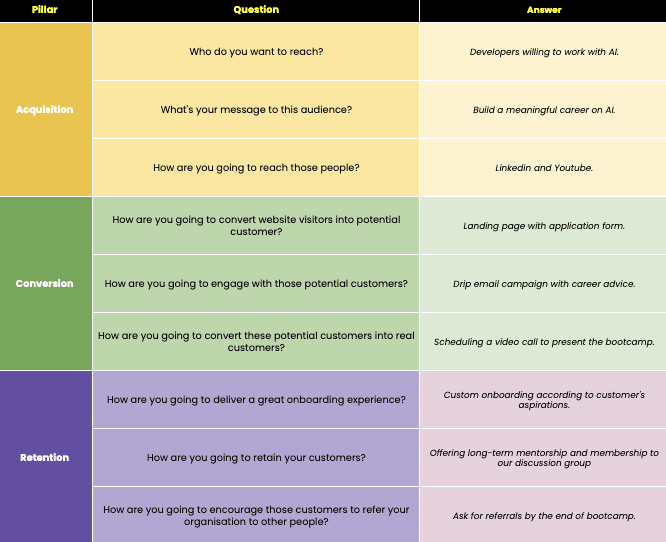
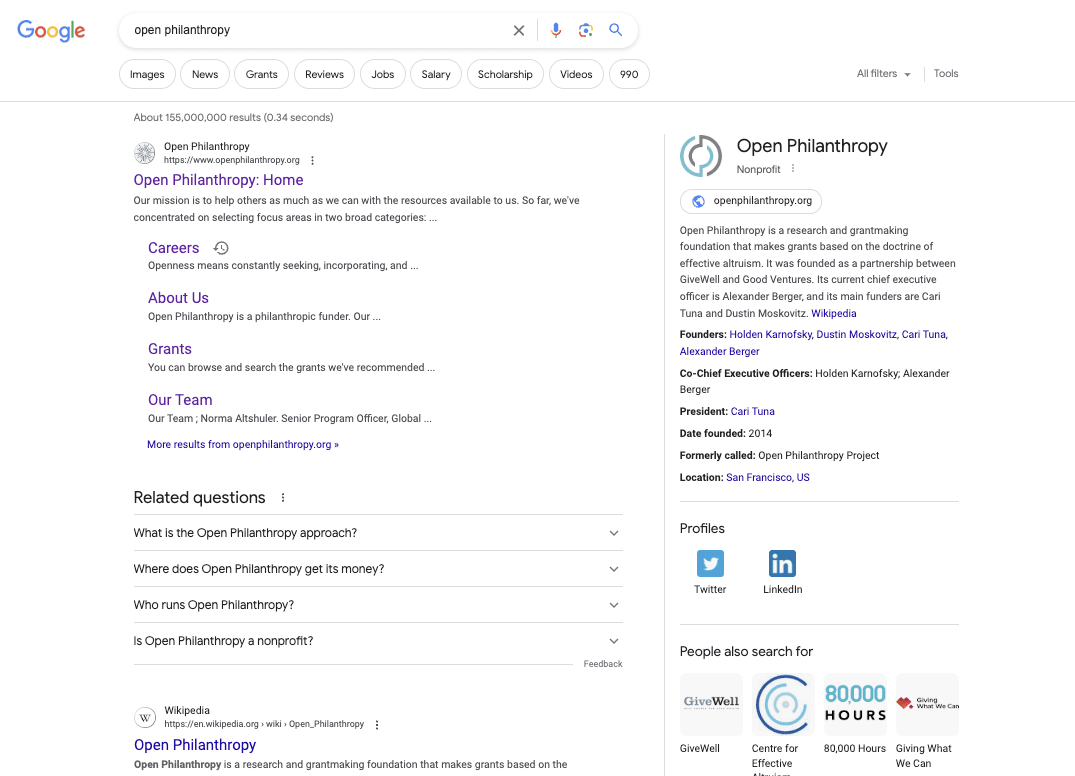
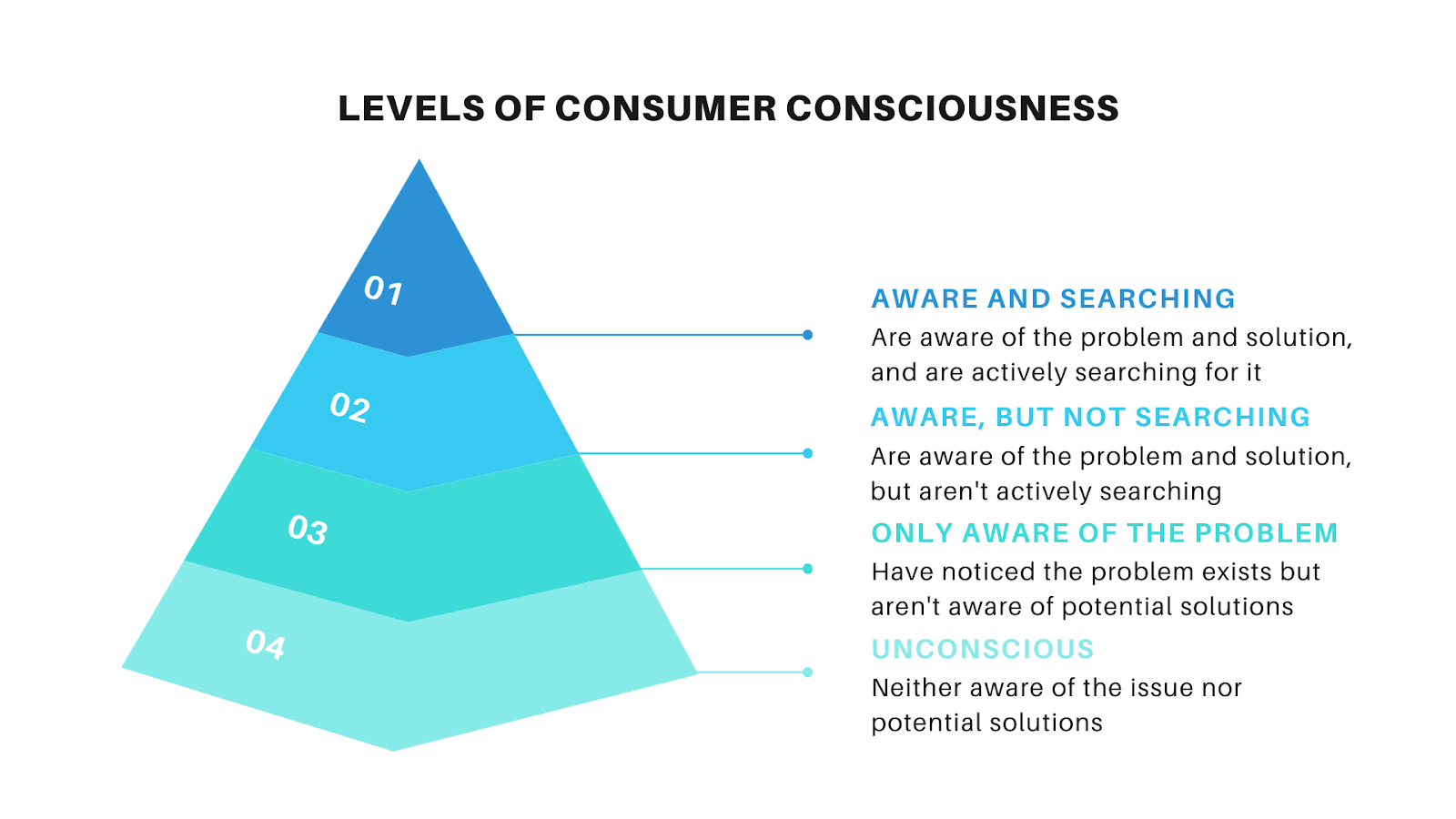
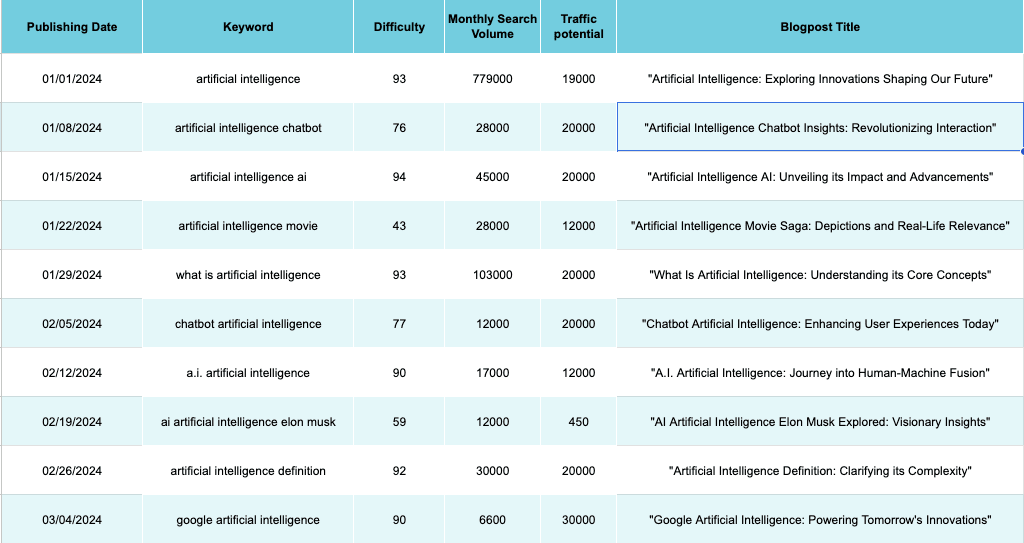
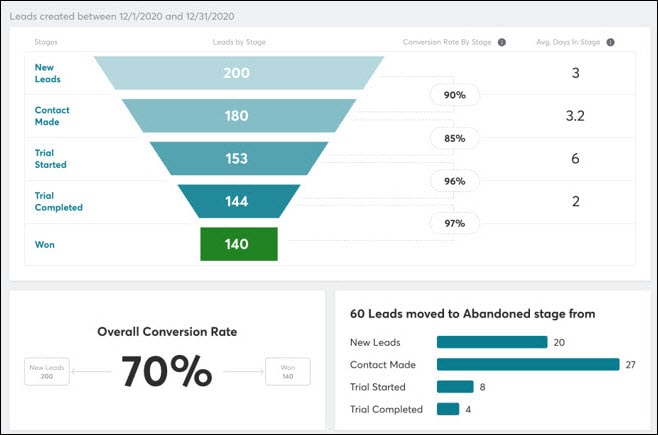
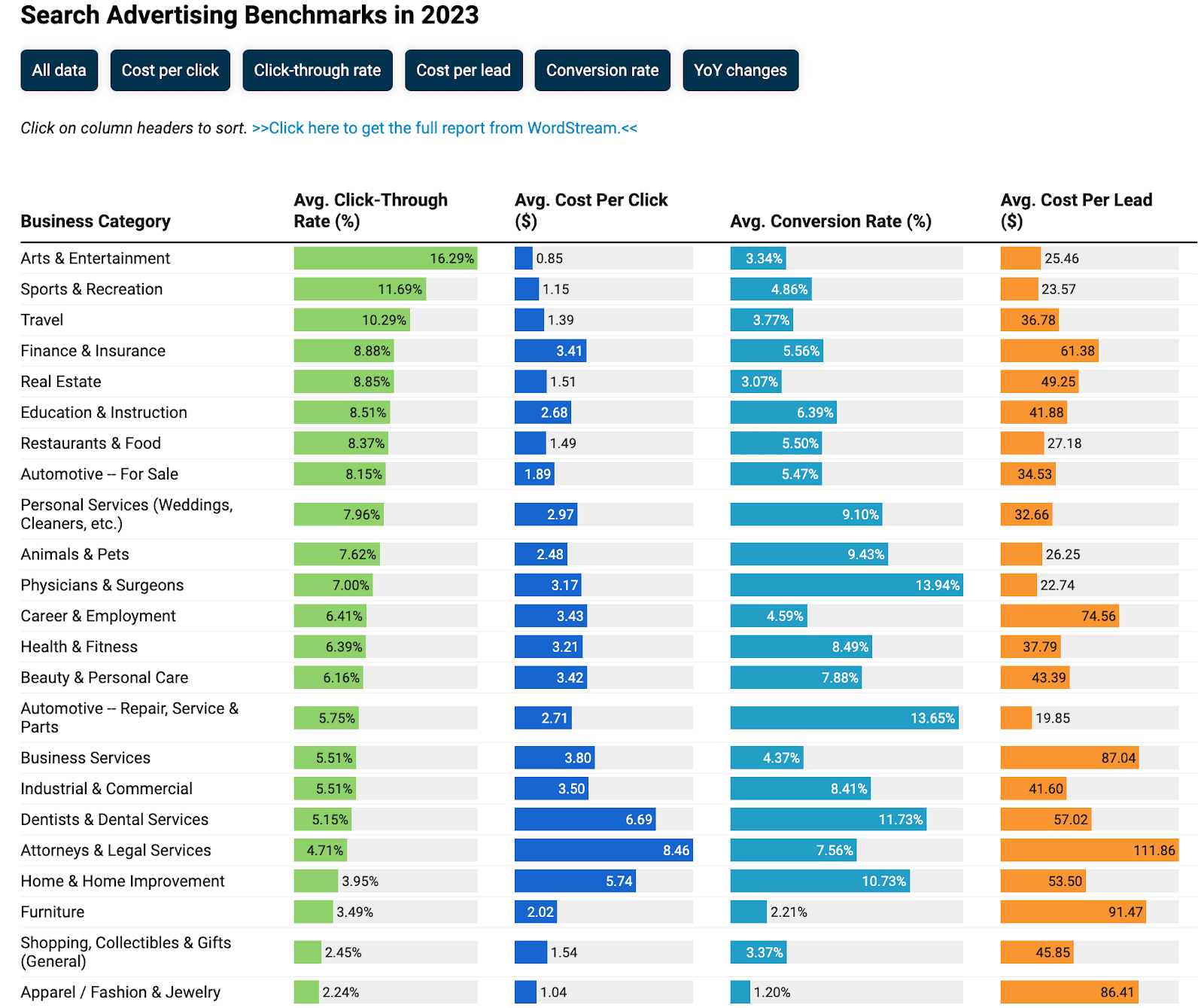
Executive summary: This post lays out an 8-week action plan for EA organizations to implement basic marketing tactics and build a framework to continually optimize marketing efforts.
Key points:
This comment was auto-generated by the EA Forum Team. Feel free to point out issues with this summary by replying to the comment, and contact us if you have feedback.